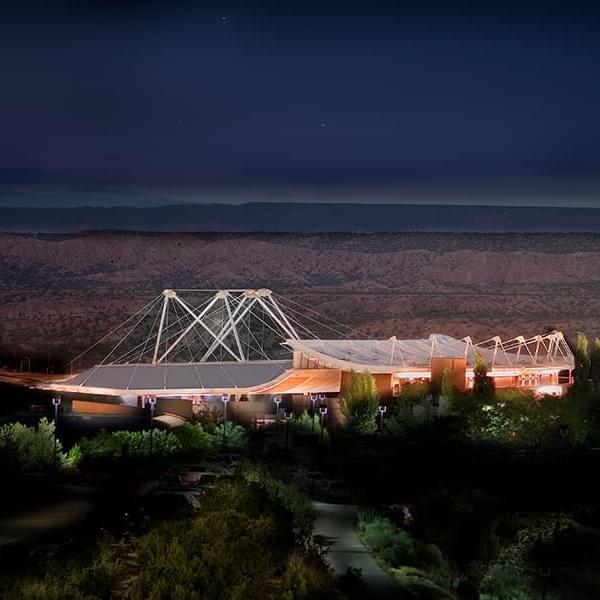
Capriccio 1966
In a château near Paris…
… a Countess hesitates between two suitors: this is expressed in the sort of passionate exchanges that keep opera fans debating the relative merits of words and music in opera.
Synopsis
Act I
Various people have assembled near Paris at the chateau of the young widowed Countess Madeleine and her brother, to celebrate the Countess’ birthday. They are the poet Olivier, the theatre director La Roche, and the composer Flamand, whose string sextet is being played in a room adjoining the salon. The young poet and composer are both in love with the Countess and feel that if she chooses to prefer “word” or “music,” she cannot help but select its personal representative as her next love. As the music ends, La Roche awakes. He says that he only appreciates Italian opera, with down-to-earth situations and beautiful women – such as the actress Clairon (an old love of Olivier’s), who has also been invited. The Count dislikes music and twits his sister about whether she prefers words or music, much to Olivier’s annoyance, but his absence allows the poet to declare his love. Flamand returns and plays his accompaniment; the Countess cannot decide which is better. La Roche takes Olivier off to supervise some cuts, and now Flamand has his chance to tell the Countess of his love for her.
The Count re-enters, smitten with the charms of Clairon, and, with the return of the others, the Countess has chocolate served as a refreshment.
Artists

Sylvia Stahlman
Soprano
The Countess

William Blankenship
Tenor
Flamand

Julian Patrick
Baritone
Olivier

Peter Harrower
bass
La Roche

William Metcalf
Baritone
The Count

Helen Vanni
Mezzo-soprano
Clairon

Harris Poor
Bass
The Major-domo

Rico Serbo
Tenor
An Italian Tenor

Maria di Gerlando
Soprano
An Italian Soprano

Howard Fried
Tenor
Monsieur Taupe

Susan Kenniff
Dancer
A Young Dancer

John Crosby
Conductor

Vera Zorina
Director and Actress

John Wright Stevens
Scenic Designer

Jack Edwards
Costume Designer

Joan Larkey
Lighting Designer

R. Whitman Procter
Chorus Master
